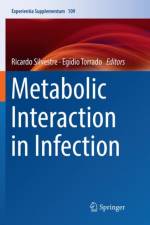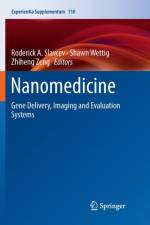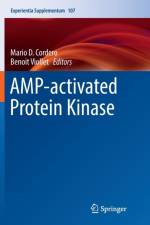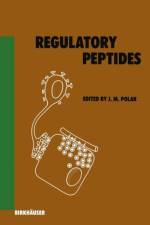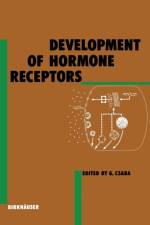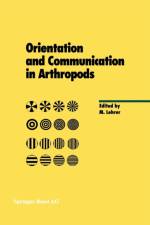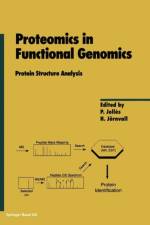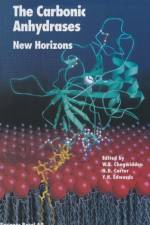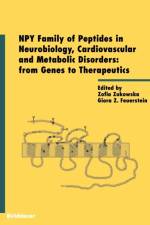av Koenig & Gruebler
865
The Fourth International Symposium on Polarization Phenomena in Nuclear Reactions took place from August 25 to 29, 1975, at the Swiss Federal Instituteof Technology in Zurich (ETHZ). Apart from the host institution the Symposium was also supported by the International Union of Pure and Applied Physics, the Swiss National Science Founda tion and the Swiss Physical Society. The program of the Symposium was set up with the advice of an International Program Committee with the following members: Prof. I. Ja. Barit, USSR Academy of Sciences, Moscow, USSR Prof. E. Baumgartner, University of Basel, Basel, Switzerland Prof. H. E. Conzett, Lawrence Berkeley Laboratory, Berkeley, USA Dr. W. Gruebler, Laboratorium fUr Kernphysik, ETH Zurich Prof. W. Haeberli, University of Wisconsin, Madison, USA Prof. S. S. Hanna, Stanford University, Stanford, USA Prof. J. McKee, University of Manitoba, Winnipeg, Canada Prof. G. C. Morrison, University of Birmingham, England Dr. G. G. Ohlsen, LASL, Las Alamos, USA Prof. J. Raynal, C. E. N. Saclay, France Dr. M. Simonius, Laboratorium fUr Kernphysik, ETH Zurich The Local Organizing Committee consisted of Dr. R. Balzer Dr. W. Grtiebler Dr. H. Jung Dr. V. Konig Prof. J. Lang Dr. M. Simonius Prof. W. G. Weitkamp (on leave from University of Washington, Seattle) It was generally felt that the Fourth Polarization Symposium should emphasize the importance of polarization measurements in the different fields of nuclear physics and explain the physical content of polariza tion phenomena.



